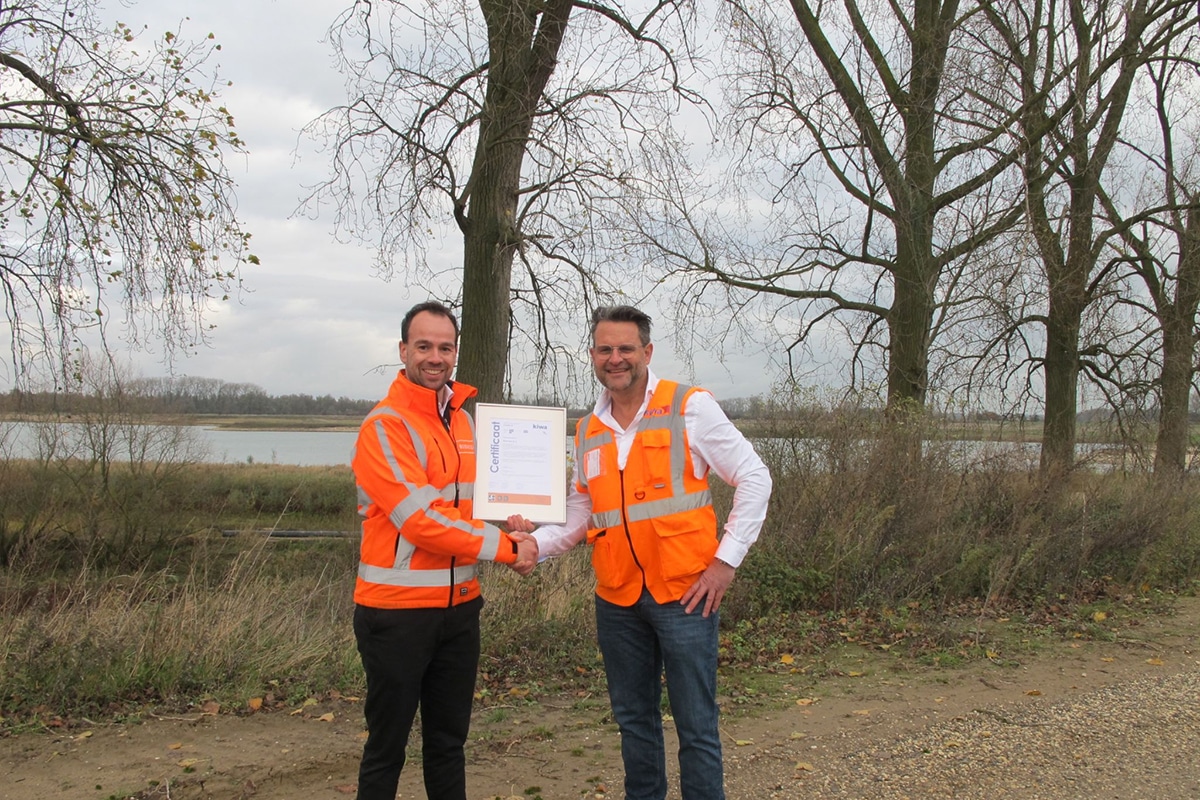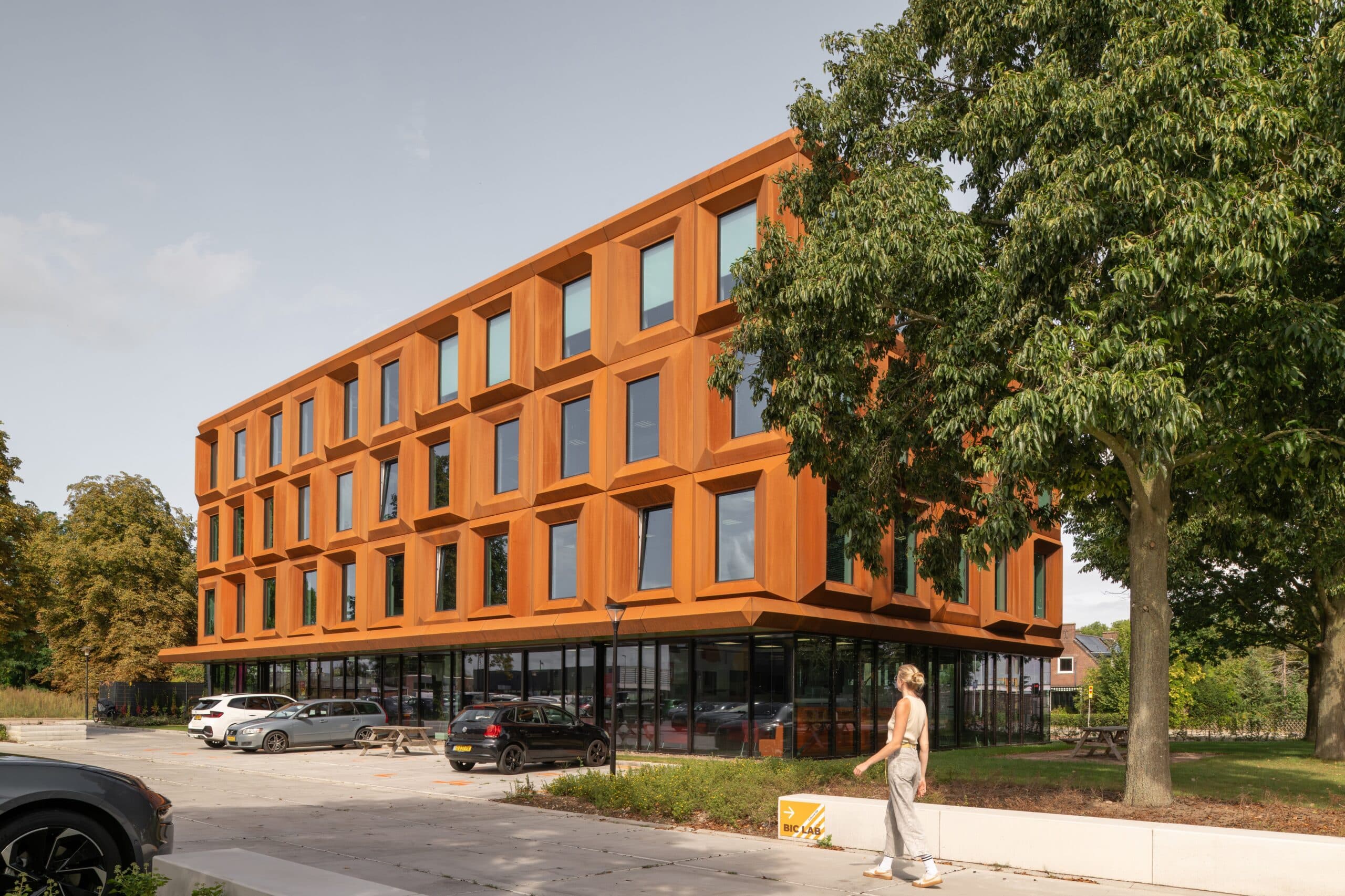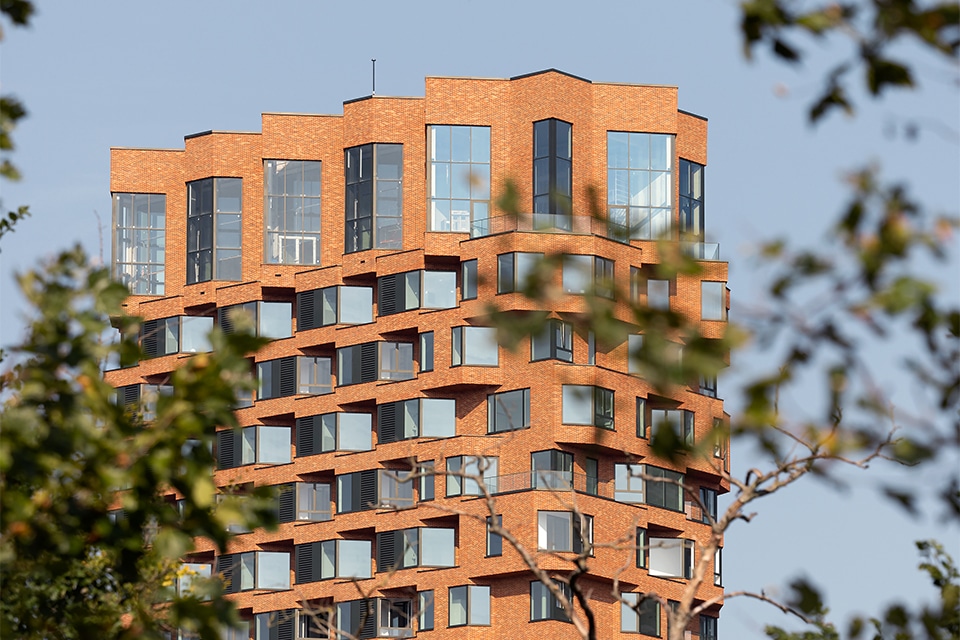
Cuijk-based Colt International develops tunnel technical installations to ensure fire safety Delft Station
Vialis B.V. and Van Hattum en Blankenvoort B.V., both part of Royal VolkerWessels, are realizing the completion and tunnel technical installations of the Tunnel Delft, the second phase of the NS railway station in Delft. In 2025, the Delft Tunnel will open in its entirety (phases 1 and 2) for train traffic between The Hague and Rotterdam. Safety of passengers at Delft station is paramount. Especially if a fire should break out. For fire safety in the tunnels and the station, Colt International from Cuijk is heavily involved in the realization of the smoke control system in the station, ventilation system in the tunnels and the overpressure systems of the emergency stairwells.
The approach to the Hague-Rotterdam rail route is part of the High-Frequency Rail Transport Program. (PHS) through which ProRail is gradually making the busiest rail routes in the Netherlands suitable for more train traffic. By doubling the track between Rijswijk and Delft Zuid, and modifications to the infrastructure and security between Delft Zuid and Rotterdam, by 2025 eight intercity trains and six sprinters will be able to run on this route every hour in each direction. This will allow passengers to take trains between Rotterdam and The Hague every five minutes. In 2015, the first tunnels with tracks 1 and 2 were put into operation. In mid-2019, the completion and tunnel technical installations of the third and fourth tunnels began. VolkerWessels is also continuing to build the underground platform, which lies between the four tunnels. This second phase of the project will be completed by the end of 2024 for high-frequency train traffic. It is estimated that approximately 40,000 passengers will then board and alight in Delft on an average weekday.
Stan Veldpaus is a project consultant for fire safety at Colt International in Cuijk, a manufacturer of smoke control systems, climate control systems and solar shading systems. One of Colt's specialties is the development of smoke control systems such as Smoke and Heat Evacuation Systems (RWA), overpressure systems and back pressure ventilation systems, for both above and underground buildings and tunnels. For the Delft tunnel, Colt developed the smoke control systems for both the station, tunnels as well as the emergency stairwells and will maintain them entirely after completion. "The realization of the ventilation in the four tunnels and the station is quite complex, because the whole thing is in open communication with each other and has to act together. The ventilation systems must work together in such a way that in the event of any fire, both the station, including the platforms, and the tunnels are kept sufficiently smoke-free," says Veldpaus. "This requires thrust ventilators in the tunnels and mechanical fire gas ventilators in the station. The whole thing should ventilate the smoke and heat as well as possible," Veldpaus explained.
For both phases, for the aforementioned systems, plant design with CFD models
(computational fluid dynamics) has been optimized. "The computer simulations were produced by fluid dynamics experts within Colt itself," says Veldpaus. "The simulations predict what effect air currents have in a tunnel and the station if a fire breaks out. So the computer indicates the effect of airflow on visibility and heat development." In a fire, smoke and heat must be dissipated quickly. The removal of smoke and heat is thus provided by the RWA system of the platforms, the central hall and the thrust fans in the tunnels. This leaves sufficient visibility for passengers and staff to escape quickly and safely. The systems also ensure that firefighters can quickly locate and extinguish fires. These systems thus control the greatest danger immediately after a fire breaks out, giving passengers and staff significantly more time to escape," Veldpaus said.
Colt also provides the overpressure systems in the emergency stairwells located adjacent to the tunnels. By creating a large airflow from the stairs to the tunnel, no smoke will flow into the stairwell. Furthermore, the pressure difference when the door is closed will also prevent smoke from entering the stairwell. Due to the different designs of the stairwells present, different types of positive pressure systems occur in this project. Per stairwell the overpressure system was designed, installed and tested.




